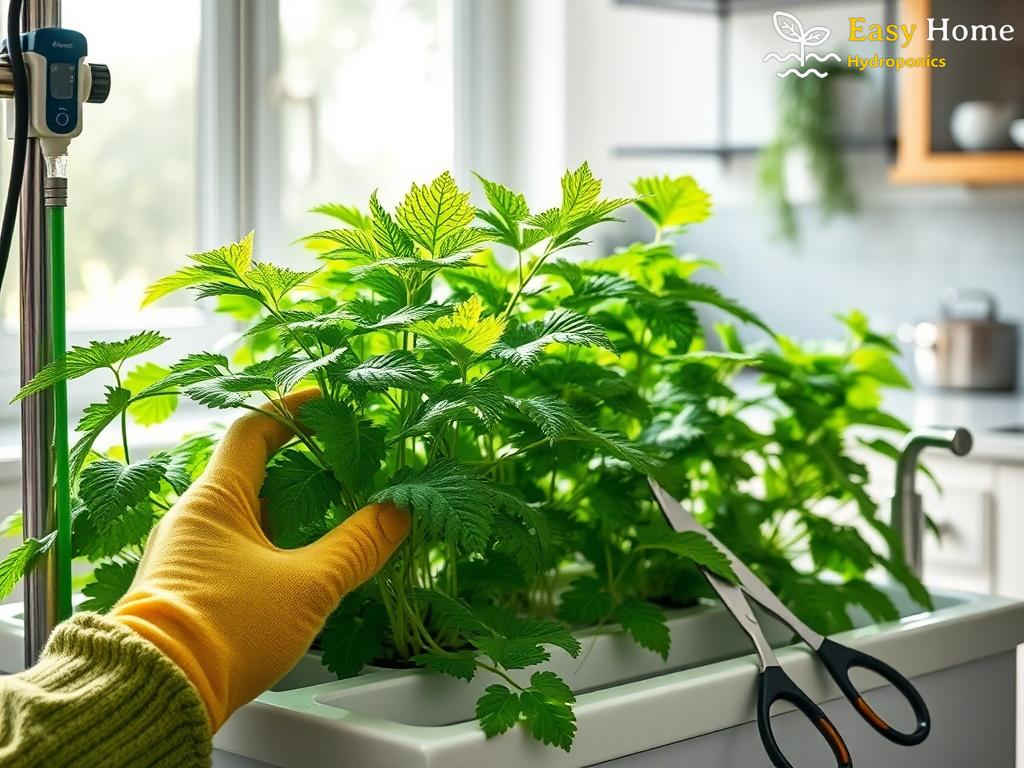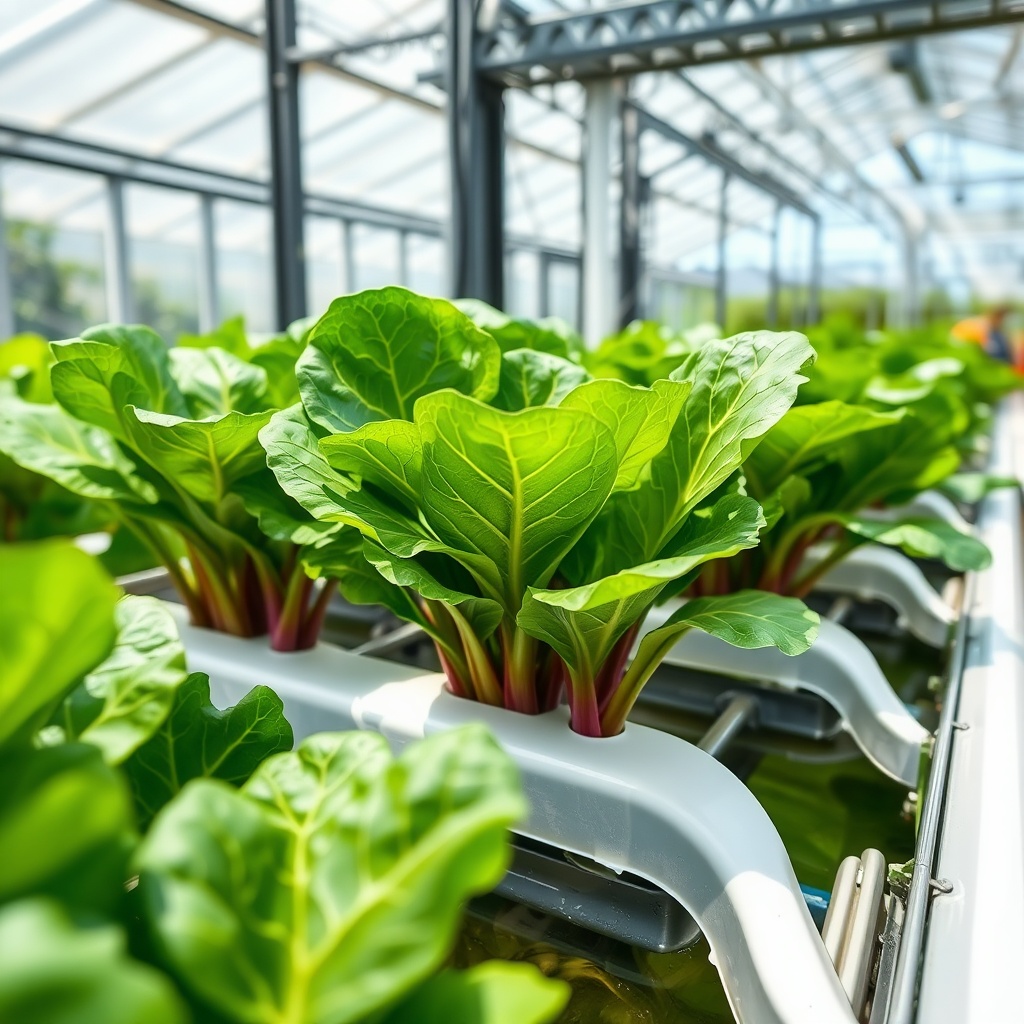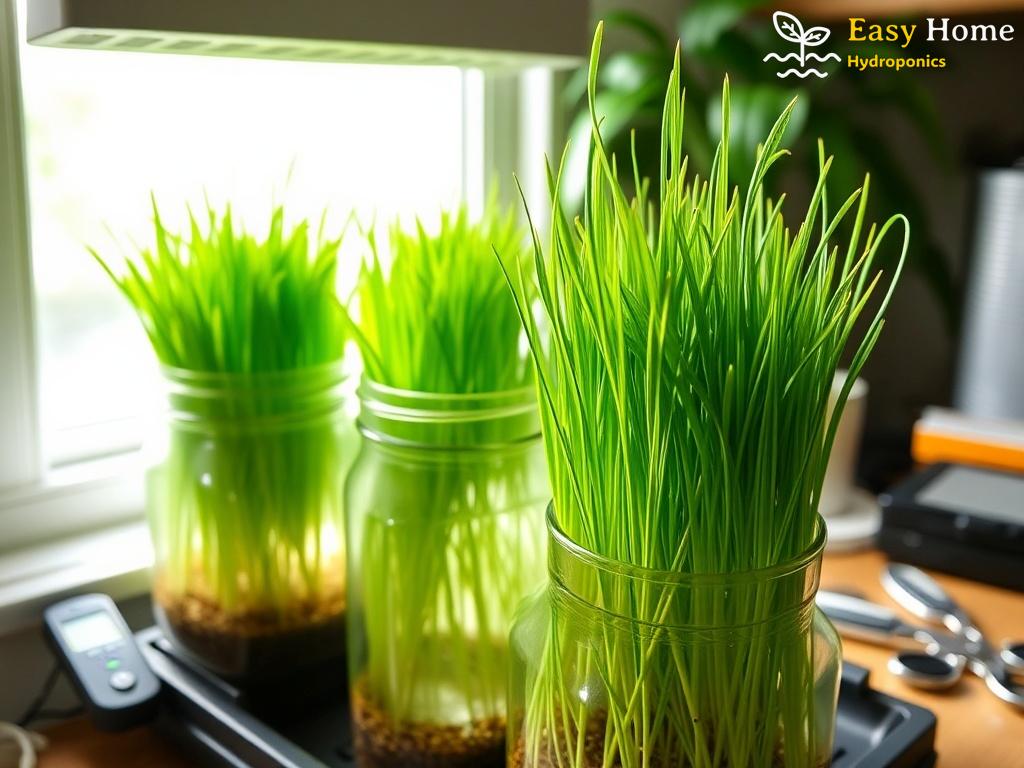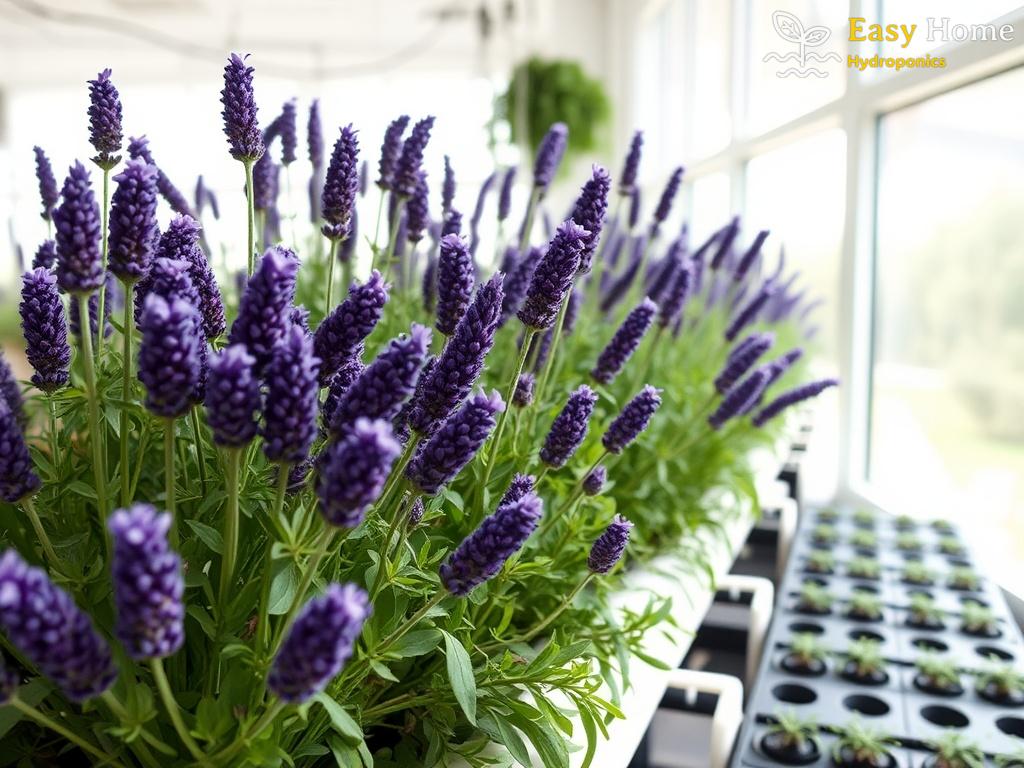Mastering Hydroponics: The Art of Growing Nettles
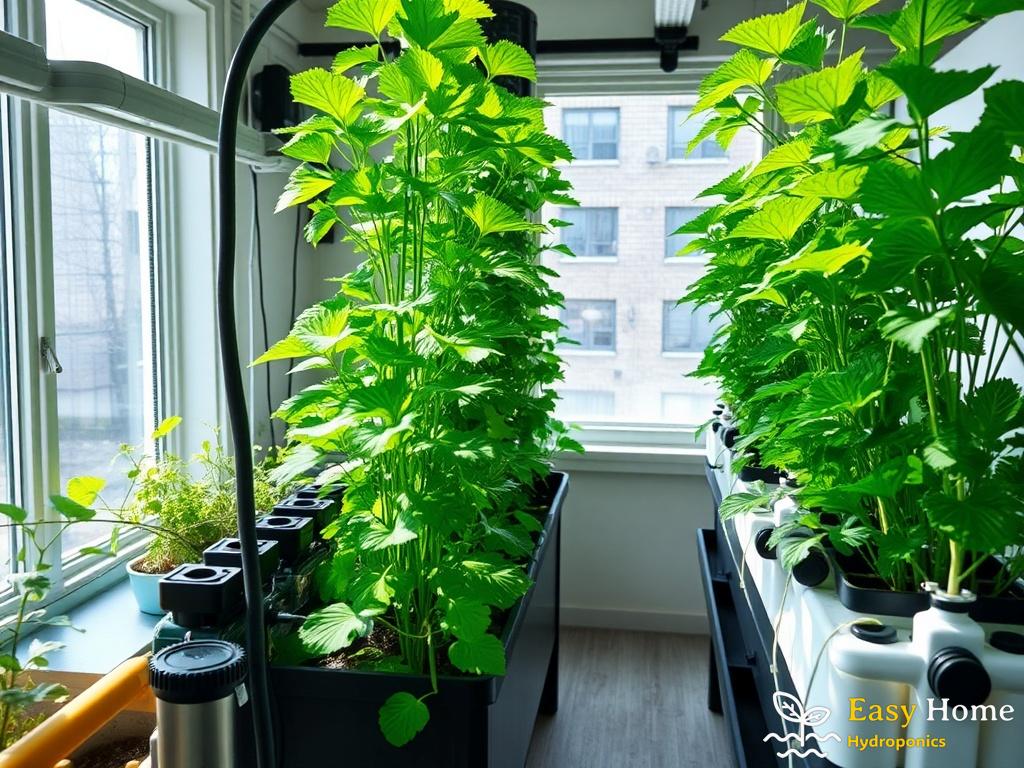
When most people think of nettles, they conjure images of prickly plants that cause irritation upon contact. However, these versatile greens are packed with nutrients and can be an excellent addition to your indoor garden. Hydroponics offers a unique opportunity to cultivate nettles without the mess and risks associated with traditional soil gardening. In this article, we will explore the techniques to grow nettles hydroponically, focusing on safety and efficiency.
To successfully grow hydroponic nettles, it’s crucial to establish the right environment. Nettles thrive in conditions that mimic their natural habitat—rich in nutrients and moisture. Here’s a checklist for setting up your hydroponic system:
- Choose a suitable hydroponic system (Nutrient Film Technique, Deep Water Culture, etc.)
- Select appropriate growing containers or net pots
- Prepare a nutrient solution tailored for leafy greens
- Ensure adequate lighting (LED grow lights work well)
- Maintain optimal pH levels (between 5.5 and 6.5)
By following this checklist, you can create a thriving environment for your nettles to flourish.
Harvesting nettles can be an intimidating task due to their stinging hairs. However, with the right techniques, you can safely enjoy this nutritious herb. Here are some tips for handling nettles:
- Wear gloves to protect your hands from stinging.
- Use scissors to cut stems instead of pulling them, minimizing the risk of contact.
- Harvest only the young leaves, as they are more tender and flavorful.
- Store harvested nettles in a breathable container to prevent moisture buildup.
Not only does this approach keep you safe, but it also ensures you get the best flavors from your hydroponic harvest.
Safety First: Protecting Yourself from Stinging Nettles
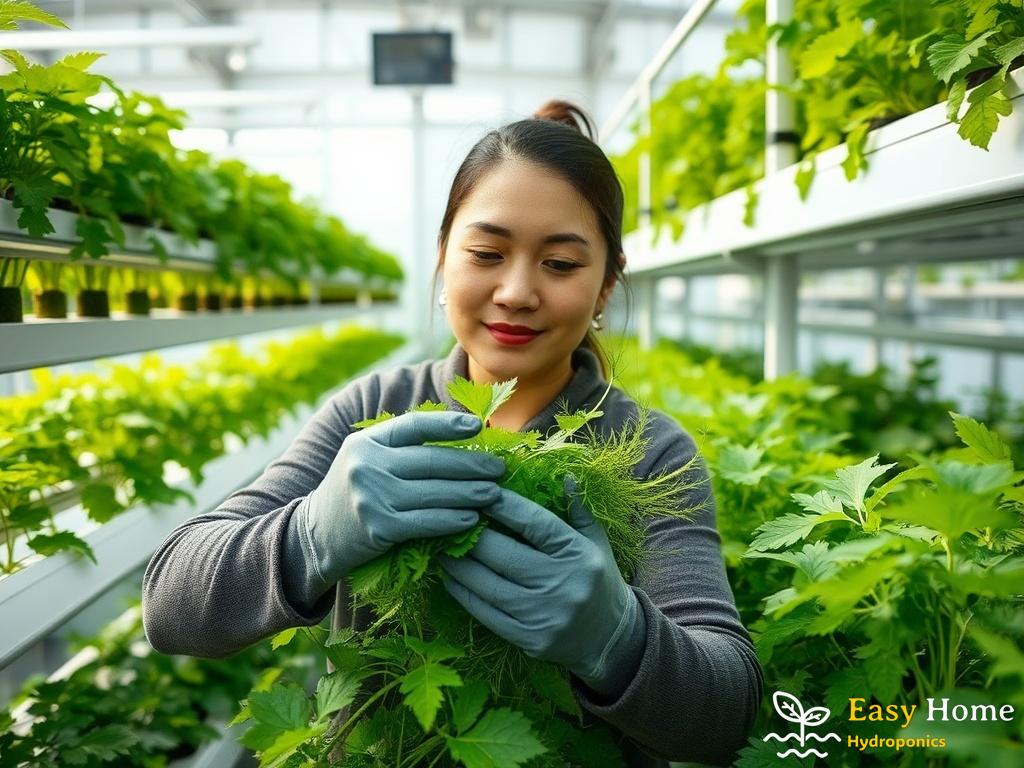
When it comes to cultivating hydroponic nettles, one of the most important considerations is ensuring your safety while handling these prickly plants. Understanding the risks associated with their stinging properties is essential for both novice and experienced gardeners. By taking the proper precautions, you can enjoy the myriad of benefits that nettles provide without the discomfort that comes with their natural defense mechanisms.
Before diving into the methods of protection, it’s crucial to understand that the stinging sensation caused by nettles is a result of tiny, hair-like structures called trichomes. These trichomes act like needles, injecting irritants that can lead to redness, itching, and discomfort. Therefore, being prepared is not just about comfort; it’s about enjoying a seamless gardening experience.
To effectively shield yourself from the wrath of nettles, investing in appropriate gear is key. A pair of durable gardening gloves is indispensable; they should be long enough to cover your wrists to prevent any exposed skin. Consider gloves made from thicker materials that can withstand punctures, providing a barrier against unwanted stings.
In addition to gloves, wearing long sleeves and pants made from a tightly woven fabric can significantly reduce the risk of contact with nettles. Protective eyewear is another useful accessory, especially when you’re pruning or handling large bunches of nettles. Remember, the goal is not just to protect yourself from stings, but to create a comfortable environment where you can focus on the joy of gardening.
Once you’re equipped with the right protective gear, it’s time to explore the techniques for safe handling of nettles. One effective method is to use scissors or shears to cut the stems at their base, which minimizes the risk of brushing against the stinging hairs. Cutting from a distance allows you to maintain a safe separation from the plant while harvesting the most nutritious parts—its young leaves.
Moreover, consider using a small basket or container that can be easily operated with one hand, leaving your other hand free for steadying the plant or adjusting your position. Remember, the less you disturb the plant, the lower the chance of triggering a sting. After harvesting, promptly transfer the nettles to a breathable container to prevent moisture buildup, which can create a favorable environment for mold.
In summary, by arming yourself with knowledge and the right equipment, you can transform your experience with hydroponic nettles from a potentially painful encounter into a rewarding and enjoyable endeavor. Whether you are a culinary enthusiast or a health-conscious individual, safely growing and handling nettles can lead to delicious and nutritious outcomes.
Nutritional Benefits: Why Nettles Deserve a Place in Your Diet
Nettles are often overlooked in the culinary world, but these prickly plants are more than just a nuisance in the garden. Packed with a wealth of nutrients, they bring a vibrancy to dishes that is both delicious and health-boosting. In a hydroponic setup, nettles can flourish indoors, allowing you to enjoy their remarkable benefits without the fear of outdoor encounters. Let’s delve into the nutritional advantages that make nettles a worthy addition to your diet.
Rich in Essential Nutrients: Nettles are a treasure trove of vitamins and minerals. They are particularly high in vitamins A, C, K, and several B vitamins. This powerhouse of nutrients helps bolster the immune system, enhances skin health, and supports overall vitality. Additionally, nettles are a great source of iron, calcium, magnesium, and potassium, making them an excellent choice for those looking to boost their mineral intake. The presence of these elements not only promotes physical health but also contributes to optimal metabolic functions.
Anti-Inflammatory Properties: One of the standout features of nettles is their potent anti-inflammatory properties. Research suggests that consuming nettles may help alleviate conditions such as arthritis and other inflammatory diseases. The compounds found in nettles, including flavonoids and phenolic acids, work synergistically to reduce swelling and pain. By incorporating nettles into your diet, you not only enjoy their unique flavor but may also find relief from chronic inflammation.
| Nutritional Component | Benefits |
|---|---|
| Vitamin A | Supports eye health and immune function |
| Vitamin C | Enhances skin health and boosts immunity |
| Iron | Essential for oxygen transport in the blood |
| Calcium | Promotes bone health |
| Magnesium | Supports muscle and nerve function |
A Natural Detoxifier: Another compelling reason to add nettles to your diet is their ability to help detoxify the body. Nettles possess diuretic properties, which means they can assist in flushing out toxins and excess fluids from the body. This cleansing effect is particularly beneficial for the kidneys and urinary tract, promoting overall health. By including nettles in your meals, you can support your body’s natural detoxification processes while enjoying their distinct taste.
Incorporating hydroponic nettles into your diet is not only a smart nutritional choice but also an innovative way to make use of indoor gardening. With their myriad health benefits, it’s time to embrace these stinging greens and turn them into a staple in your culinary repertoire. Whether in soups, teas, or pestos, nettles deserve a prominent place on your plate.
Indoor Hydroponic Systems: Choosing the Right Setup for Nettles
When it comes to growing nettles indoors, the choice of hydroponic system is vital for optimizing their growth and ensuring a safe gardening experience. Given their unique needs, selecting the right setup can make all the difference between a mediocre yield and a thriving crop of nutrient-rich greens. Here, we will explore various hydroponic systems that cater specifically to nettles, helping you create a flourishing indoor garden.
There are several hydroponic methods available for cultivating nettles, each with its own set of benefits. Understanding the nuances of these systems can guide you in making the best choice based on your space, budget, and gardening expertise.
- Deep Water Culture (DWC): This method involves suspending the plant roots in a nutrient-rich oxygenated water solution, promoting rapid growth. DWC is particularly effective for nettles, which thrive in well-aerated environments.
- Vertical Hydroponics: If space is a concern, vertical systems can maximize your growing area. By stacking multiple levels of net pots, you can grow more nettles in a smaller footprint.
- Nutrient Film Technique (NFT): In this setup, a thin film of nutrient solution flows over the roots, providing them with essential nutrients while allowing for excellent oxygenation. Nettles respond well to this method, provided that the flow rate is adequately managed.
Choosing the right hydroponic system is only part of the equation. Once you have selected a method, consider the following factors to enhance your nettles’ growth:
- Lighting: Nettles require bright, constant light for optimal growth. Invest in high-quality LED grow lights that can mimic natural sunlight and promote healthy leaf production.
- Nutrient Solution: Ensure your nutrient solution is specifically formulated for leafy greens. Regularly monitor and adjust the nutrient levels to meet the needs of your nettles.
- Environmental Control: Maintain a consistent temperature and humidity level to prevent stress on the plants. Nettles prefer a slightly cooler environment, typically between 65°F to 75°F (18°C to 24°C).
By thoughtfully selecting your hydroponic system and considering these essential factors, you can create an indoor haven for your nettles. Not only will you enjoy a bountiful harvest, but you’ll also gain confidence in managing these stinging plants safely from the comfort of your home.
Harvesting Techniques: Enjoying Nettles Without the Sting
Harvesting nettles can seem like a daunting task due to their notorious stinging hairs, but with the right techniques, you can safely enjoy these nutrient-rich greens without fear of discomfort. The key is to adopt a thoughtful approach that minimizes contact with the stinging trichomes while maximizing your yield. By employing clever strategies and understanding the plant’s structure, you can turn nettle harvesting into a delightful experience.
Mastering the Art of Pruning is essential for a successful nettle harvest. Rather than yanking or pulling at the plants, which can lead to unintentional stings, use a pair of sharp, clean scissors or pruning shears to cut the stems just above the base. This method allows you to maintain a safe distance from the stinging hairs while ensuring that you obtain the most tender and flavorful leaves. Aim to harvest the top few inches of the plant, where the young leaves are abundant and packed with flavor. Remember, harvesting in the morning when the plant is still hydrated can lead to a more pleasant experience, as the leaves will be crisp and less likely to wilt.
Additionally, creating a designated harvesting area can enhance your efficiency and safety. Set up a small table or counter where you can place your collected nettles immediately after cutting. This prevents the risk of accidental stings while transferring them to a storage container. Use a breathable basket or cloth bag to store your harvested nettles, as this will allow for air circulation and help keep them fresh. If you’re planning to use them in a recipe right away, consider rinsing them gently in cool water to remove any dirt or pests while ensuring that you handle them with gloves.
Engaging Your Senses can also transform the harvesting process into an enjoyable ritual. Take a moment to appreciate the distinct aroma of the nettles as you work, and notice the vibrant green color of the leaves. Not only does this mindfulness enhance your connection with the plants, but it also allows you to cultivate a deeper appreciation for the effort that goes into growing and harvesting your hydroponic greens. By focusing on the experience rather than the potential sting, you can turn a task that may seem intimidating into one that is both rewarding and enriching.

